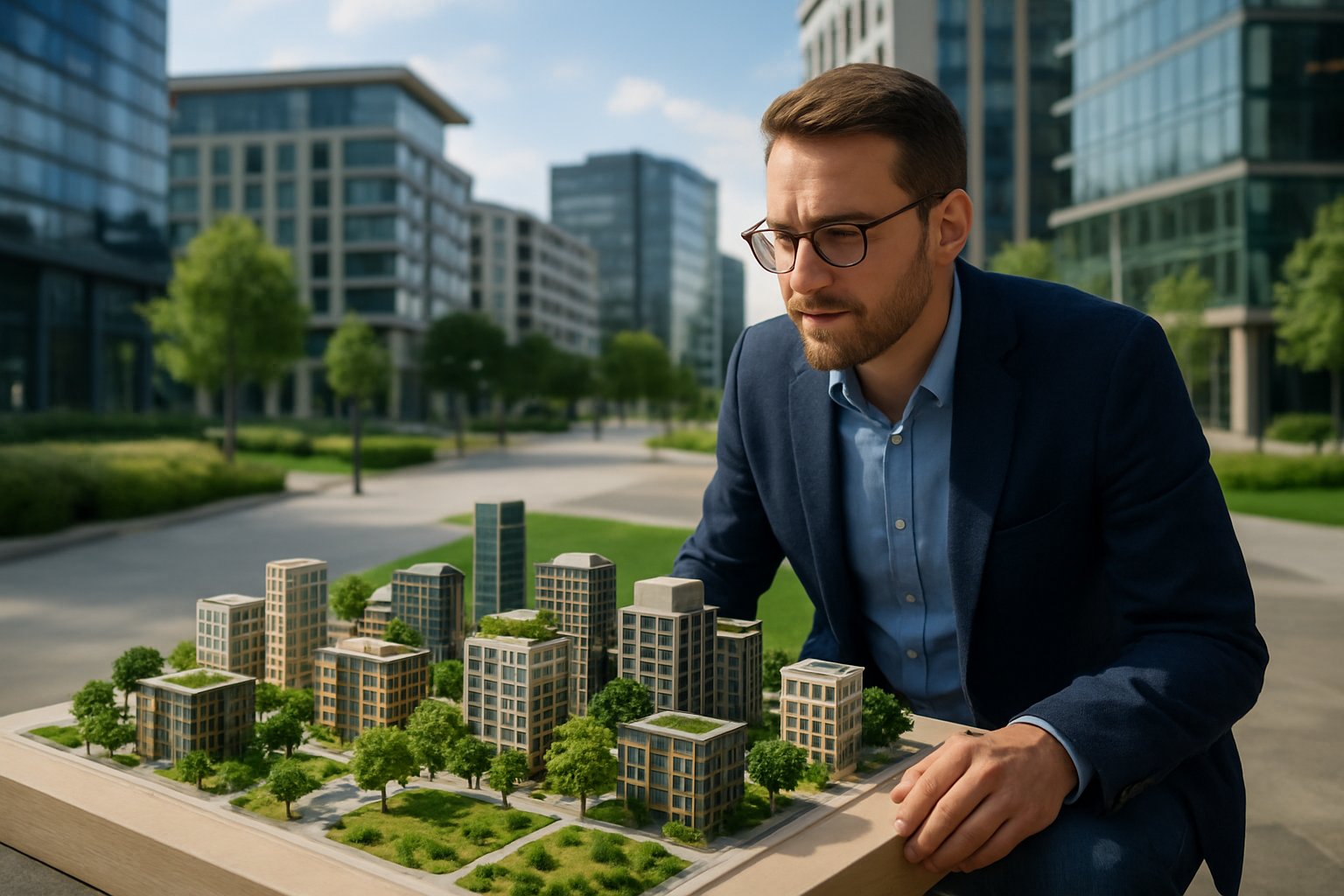Title: Microcities: The Next Frontier in Real Estate Development
Imagine a self-contained community where residents can live, work, and play without ever leaving their neighborhood. This isn't a futuristic concept, but a growing trend in real estate development known as microcities. These planned communities are reshaping urban landscapes and challenging traditional notions of city living. As property values soar in major metropolitan areas, developers and investors are turning their attention to these innovative, compact urban centers that promise a more sustainable and efficient way of life.

Historical Context and Evolution
The concept of microcities isn’t entirely new. It draws inspiration from various urban planning movements throughout history, including the garden city movement of the early 20th century and the new urbanism movement of the 1980s. However, modern microcities differ in their scale, technology integration, and focus on sustainability. The first notable microcity projects emerged in the early 2000s, with developments like Songdo International Business District in South Korea and Masdar City in the United Arab Emirates serving as pioneering examples.
Key Features of Microcities
Microcities are characterized by several distinctive features that set them apart from traditional urban developments. These include:
-
Mixed-use zoning: Residential, commercial, and recreational spaces are seamlessly integrated, reducing the need for long commutes and promoting a more balanced lifestyle.
-
Walkability and sustainability: Microcities prioritize pedestrian-friendly design and often incorporate green spaces, bike lanes, and public transportation systems to reduce reliance on cars.
-
Smart technology integration: Many microcities leverage cutting-edge technologies for energy management, waste reduction, and improved quality of life for residents.
-
Community-centric design: These developments often include shared spaces and amenities that foster a sense of community and social interaction among residents.
-
Self-governance: Some microcities operate with a degree of autonomy, with their own management structures and decision-making processes.
The Real Estate Market Opportunity
For real estate investors and developers, microcities represent a significant market opportunity. As urban centers become increasingly congested and expensive, microcities offer an attractive alternative for both residential and commercial properties. The controlled environment of a microcity can lead to more stable property values and potentially higher returns on investment.
Challenges and Considerations
While the concept of microcities is promising, it’s not without challenges. Developers and investors should be aware of several potential hurdles:
-
High initial costs: The comprehensive infrastructure required for a microcity can result in substantial upfront investments.
-
Regulatory hurdles: Zoning laws and local regulations may need to be navigated or even changed to accommodate these novel developments.
-
Market acceptance: The success of a microcity depends on its ability to attract residents and businesses, which may require significant marketing efforts.
-
Long-term sustainability: Ensuring the economic and environmental viability of a microcity over time can be complex and requires careful planning.
Impact on Traditional Real Estate Markets
The rise of microcities could have far-reaching effects on existing real estate markets. As these developments gain popularity, they may draw residents and businesses away from traditional urban centers and suburbs. This shift could lead to changes in property values and investment strategies in surrounding areas.
Investment Strategies for Microcities
For those looking to invest in microcity developments, several strategies can be considered:
-
Early-stage investment: Getting involved in the planning and development phases can offer significant returns, albeit with higher risk.
-
Commercial real estate: Investing in retail or office spaces within a microcity can capitalize on the captive market of residents.
-
Residential properties: As microcities mature, residential properties may appreciate in value, offering opportunities for both rental income and capital gains.
-
Infrastructure and services: Investing in the companies that provide essential services to microcities, such as waste management or energy systems, can be a less direct but potentially lucrative approach.
The Future of Microcities
As urban populations continue to grow and environmental concerns become more pressing, the appeal of microcities is likely to increase. We may see these developments evolve to include more specialized communities, such as those focused on technology innovation, sustainable living, or active retirement.
Conclusion
Microcities represent a bold reimagining of urban living and a potentially transformative trend in real estate development. For investors, developers, and future residents alike, these self-contained communities offer a unique blend of convenience, sustainability, and community-focused living. As the concept continues to evolve and gain traction, microcities may well become a significant force shaping the future of real estate and urban planning. Those who recognize and capitalize on this trend early stand to benefit from what could be the next major shift in how we conceive of and develop our living spaces.




